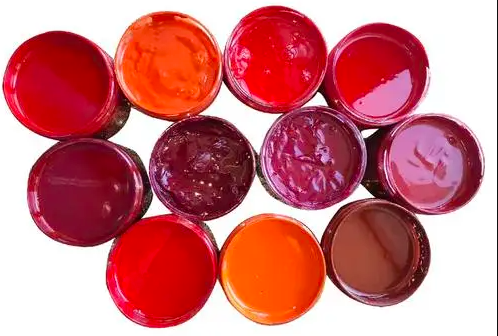Color Theory: Understanding basic color theory is an important foundation. Mastering the main color wheels, such as RGB, CMYK or RYB, and how they relate to each other and how they mix can help you better understand how colors combine and match.
Color Contrast: Using color contrast can create an appealing effect. For example, use complementary colors (opposite colors on the color wheel) to increase contrast, contrast warm and cool colors for visual impact, and use chiaroscuro to enhance the sense of depth.
Color balance: When matching colors, pay attention to maintaining the overall color balance. Avoid overly chaotic or monotonous color combinations, and create a harmonious and unified color scheme by choosing the right hue and saturation.
Experiment and record: try different color combinations and mixing ratios, and record the recipe you like. Doing this will help you reproduce the same color effect, and can also be used as a reference for future creations.
Gradient transition: Use the gradient effect to increase the layering of the work. By gradually varying the intensity or mixing ratio of colors, you can create smooth gradients. Gradient transitions can be achieved using brushes, sponges, or other tools.
Pay attention to transparency: PU pigments usually have different transparency. When color matching, consider the transparency of different colors and apply them to the desired areas to achieve the desired effect.
Practice and try: Color matching is a creative process that requires constant practice and experimentation. Experiment with as many different color combinations and techniques as possible to develop your own personalized color scheme.
Pay attention to cleaning and storage: when using PU paint, pay attention to keep the work area clean, and regularly clean and seal the paint container to prevent the paint from drying and contamination.


